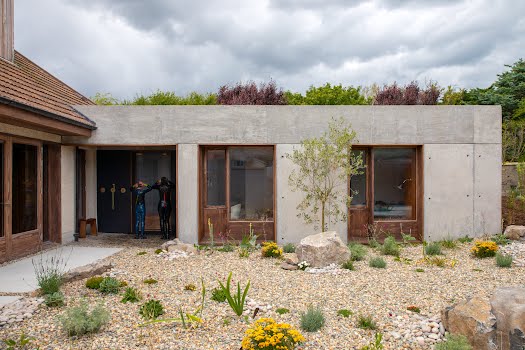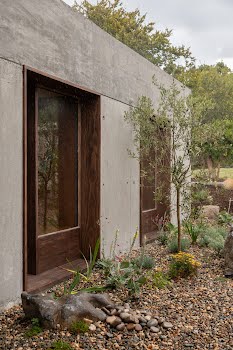
The garden of this Dublin Bay home was inspired by its coastal surroundings
As coastal dwellers know only too well, creating and maintaining a garden can be a challenge. Eoin Gibbons, The Constant Gardener, designed the garden of this home that features in the autumn/winter 2024 issue of IMAGE Interiors, and he has lots of advice for tackling seaside sites.
Eoin Gibbons, aka The Constant Gardener, who is responsible for the relaxed garden at the Dublin Bay bungalow featured in the autumn/winter issue of IMAGE Interiors, is well-acquainted with the wind, sea and salt that such spaces bring.
Freshly planted in July of this year, and photographed a few weeks later, this garden should take at least two years to bed in and mature, but is already impactful.
Misconceptions around coastal gardening come in two guises, Eoin says. “Many homeowners assume that they can plant the same range of plants that you would use in an inland or sheltered garden. On the flip side, people can be too cautious. For example, they erect fencing or plant hedges to break or filter the wind but in doing so, they obscure a great view out to sea.”
In coastal areas, salt-laden winds can burn the foliage of plants, and gardens will generally have sandy soil, so it will lack nutrients and not retain moisture. Eoin advises to follow the doctrine “right plant, right place”, and to give up the fight.
“Don’t try to garden against your immediate environment and conditions; you won’t win the fight against nature. If necessary, plant a shelterbelt of hedging, or better yet, ornamental grasses or even trees to filter the wind, but be careful not to obscure a beautiful view.”






































